There's a story that’s told in the Kayasth community about a 94-year-old matriarch from Gorakhpur who had a peg of whiskey every evening till she died...
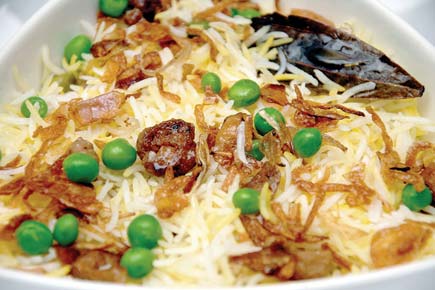
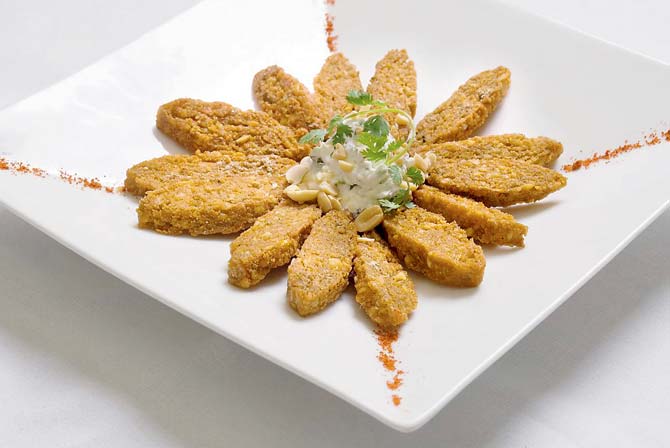
Kalmi Vada
There's a story that’s told in the Kayasth community about a 94-year-old matriarch from Gorakhpur who had a peg of whiskey every evening till she died. She would drink four bottles of imported Scotch every month Anoothi Vishal, a Delhi-based columnist and food writer, heard this story through her friend, who happened to be the matriarch’s granddaughter. It was part of the research for her first book, Mrs LC’s Table, to be launched in the city this weekend. This story is one of the many anecdotes that pepper this guide to Kayasth food and culture.
ADVERTISEMENT
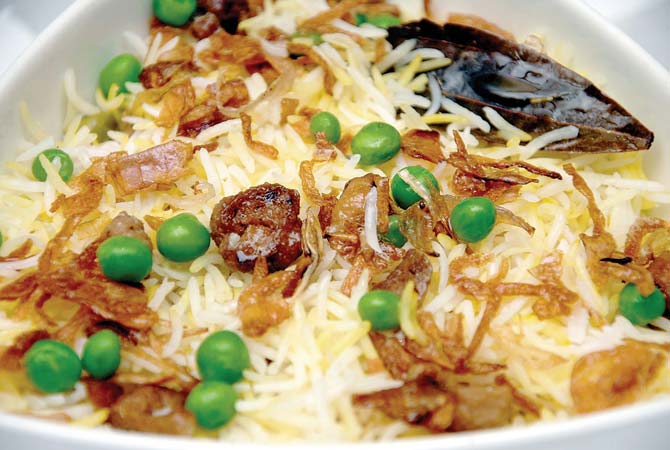
Mangori Matar ki Tahiri
“I started looking at Kayasth food as a more intellectual exercise, focussing on the history and sociology of food. This was when I was writing a food column on the Ganga-Jamuni culture, which is a blend of Indo Islamic and colonial influences,” says Vishal.
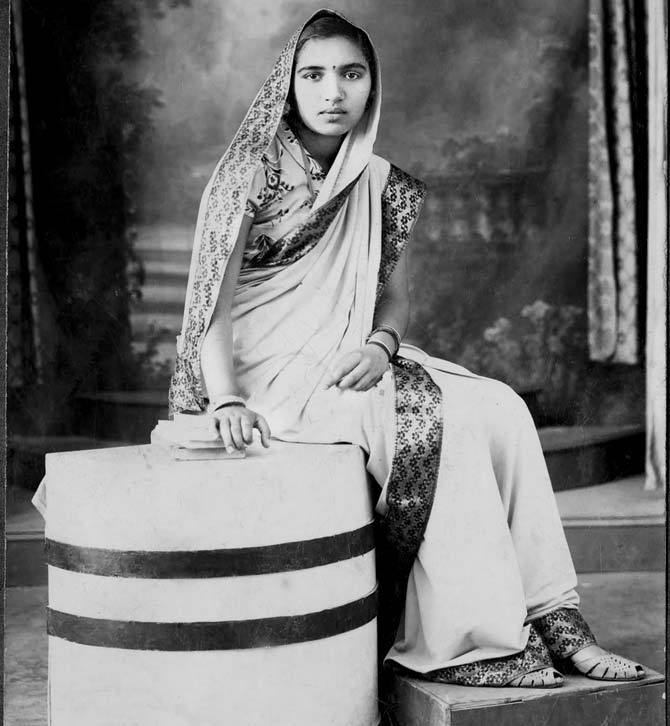 Mrs LC
Mrs LC
The book is dedicated to her grandmother, Mrs LC or Barima, a gourmet and exceptional cook whose 20 recipes are strewn across chapters. “If she was alive, she would’ve been amused with the book because growing up, I was the least interested in the community,” adds Vishal, who started writing the book two years back. A self-confessed rebel – she didn’t approve of patriarchy or traditions — she believed this gave her a chance to view the community as an outsider. “I spoke to a few families for my research. My family hails from UP, and a few are from old Delhi; so, I wanted to bring out the families living in eastern UP, Kanpur, Lucknow and other unknown community centres in the Indo-Gangetic plain,” she adds.
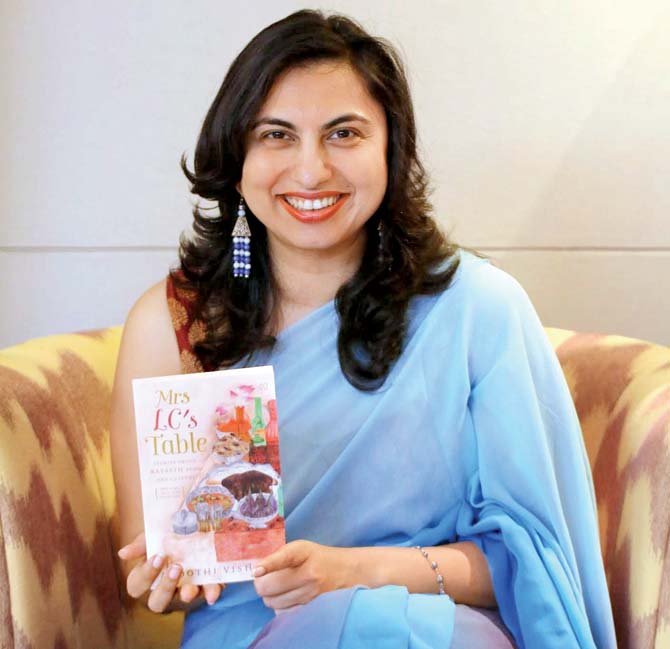
Anoothi Vishal. Pic courtesy/Kunal Chandra
Food tales
The food is divided into three parts — the big ticket red meat dishes like Yakhni Pulao and Shammi Kebab; the elaborately cooked vegetarian dishes (bhuna or dum) and the faux non-vegetarian dishes.
In Kayasth households, an entire strand of cooking was dedicated to faux non-vegetarian food. “My theory is that because a lot of women were vegetarian and yet they cooked meat for the men in the house without tasting it; it was natural to develop these dishes,” says Vishal.
Her childhood was filled with many such dishes: Kaleji ki Subzi made by soaking and grinding moong dal, seasoning it with garlic and garam masala, steamed in muslin bags and cut into dumplings and then cooked in a thick gravy; Moong Dal Kofte — lentils sautéed in ghee and ginger-garlic, shaped into little rounds, fried and cooked in a gravy of yoghurt, onions and spices and passed off as mutton kofte; and Kele ki Machchli — raw banana ‘fillets’ coated with gram flour and fried till crisp and simmered in a thick onion and tomato gravy flavoured with kasoori methi (fenugreek).
Fusion fare
The word ‘fusion’ is mentioned a lot in the book. “There is a confluence of Indo and Islamic cultures, from the food we eat to the way we dressed, to even the language we spoke, Urdu,” says Vishal. The community, she says, is known for its inventiveness and adaptability — the culture imbibed traditional Hindu beliefs, Mughal pastimes, the modern manners of 19th-century Victorianism, and the legacy of the Raj.
The book goes beyond just the food, giving the reader a peek into festive and wedding traditions, language, colonial influences, cultural superiority, pressures to be accomplished in singing as well as in cooking, and so on. “I wanted the book to be a comment of food but also an examination of a certain way of life,” says Vishal.
Kayasth cookout
Vishal learned to cook as a child and on her 13th birthday, supervised by Barima, she prepared a meal for the family. Though she rarely cooks Kayasth food, except during her ‘Kayastha Khatirdari’ food pop-ups, her favourite dishes are the Pasande, Yakhni Pulao and Kele ki Machchli.
 Subscribe today by clicking the link and stay updated with the latest news!" Click here!
Subscribe today by clicking the link and stay updated with the latest news!" Click here!







